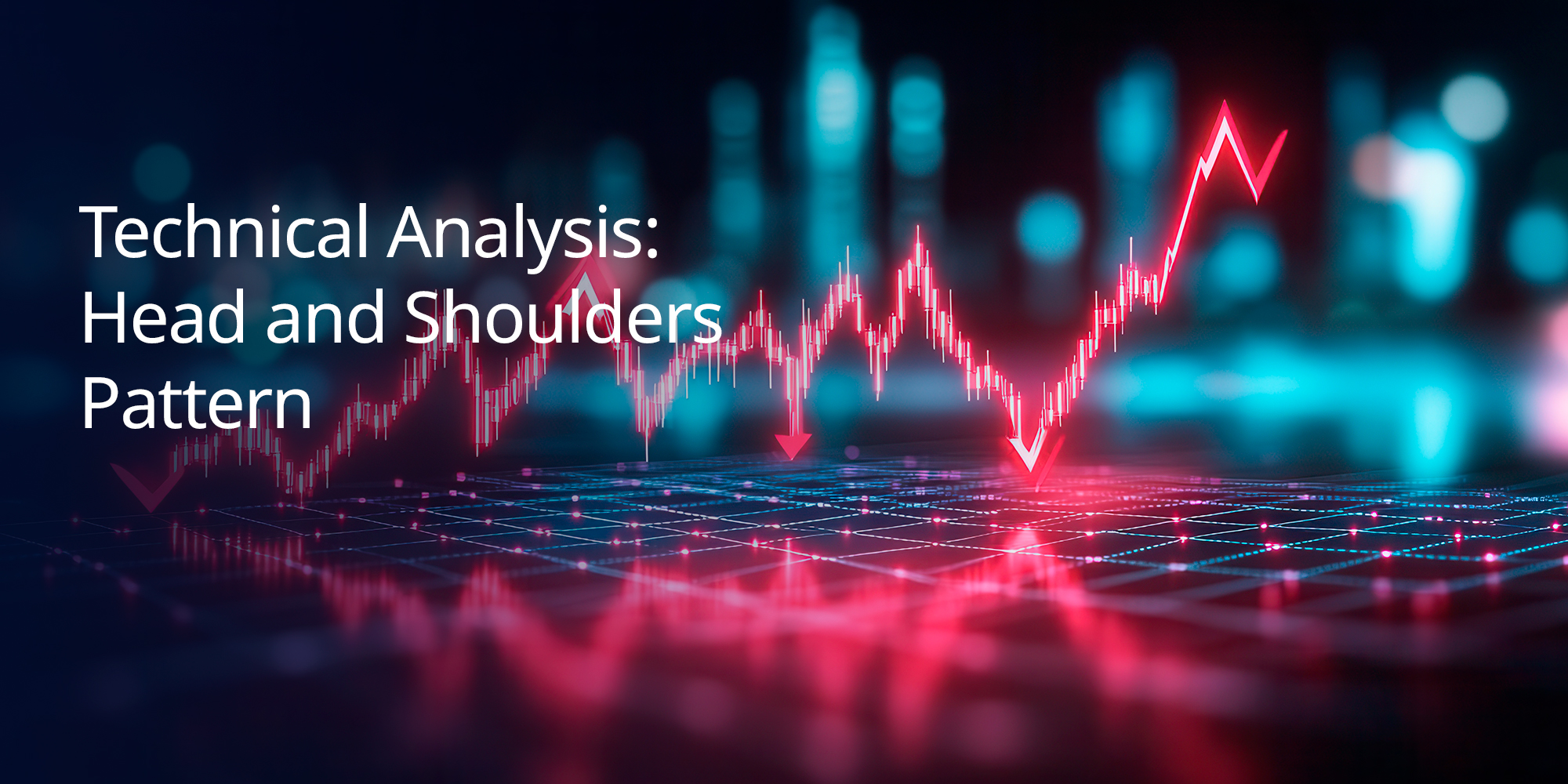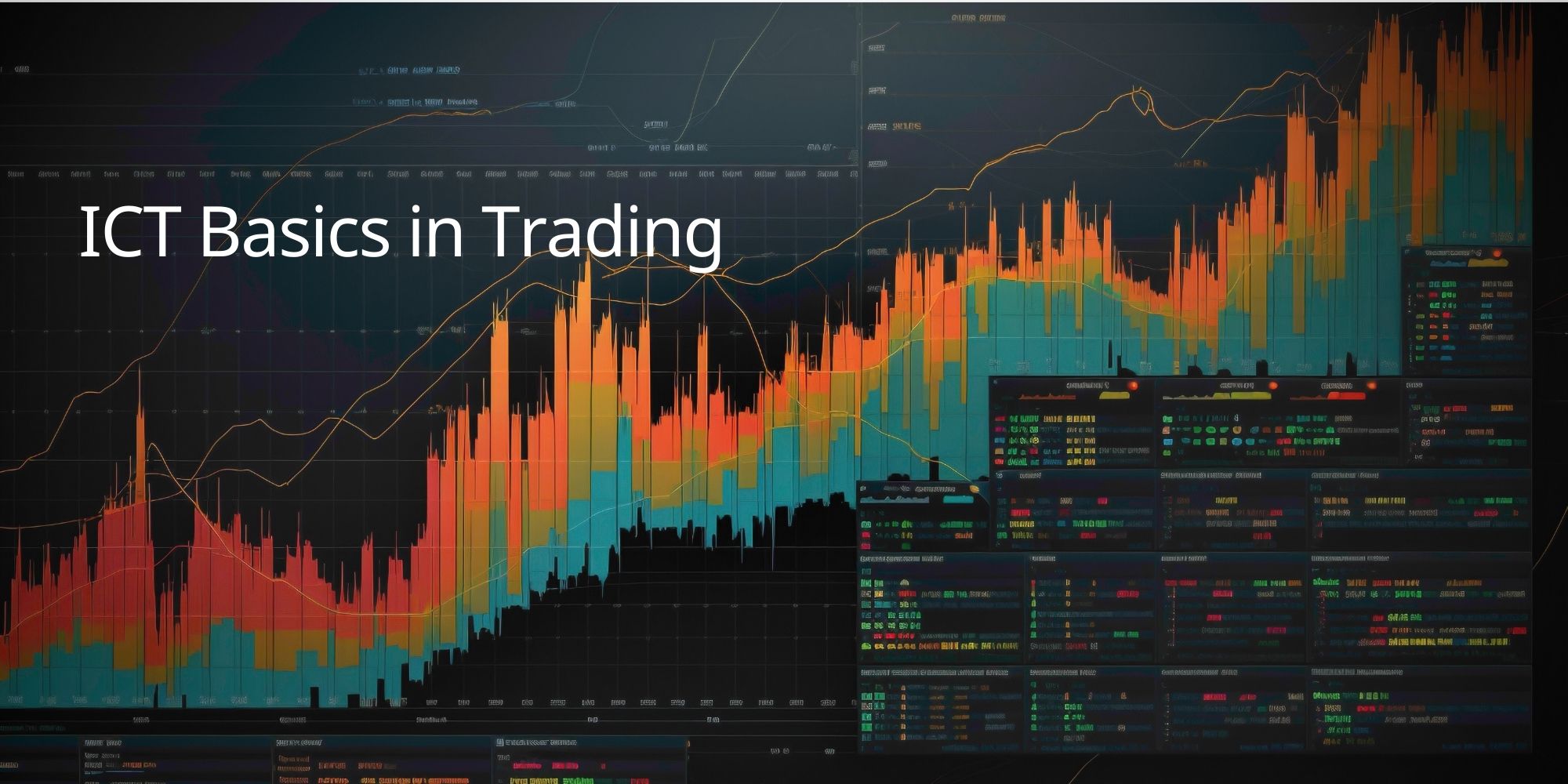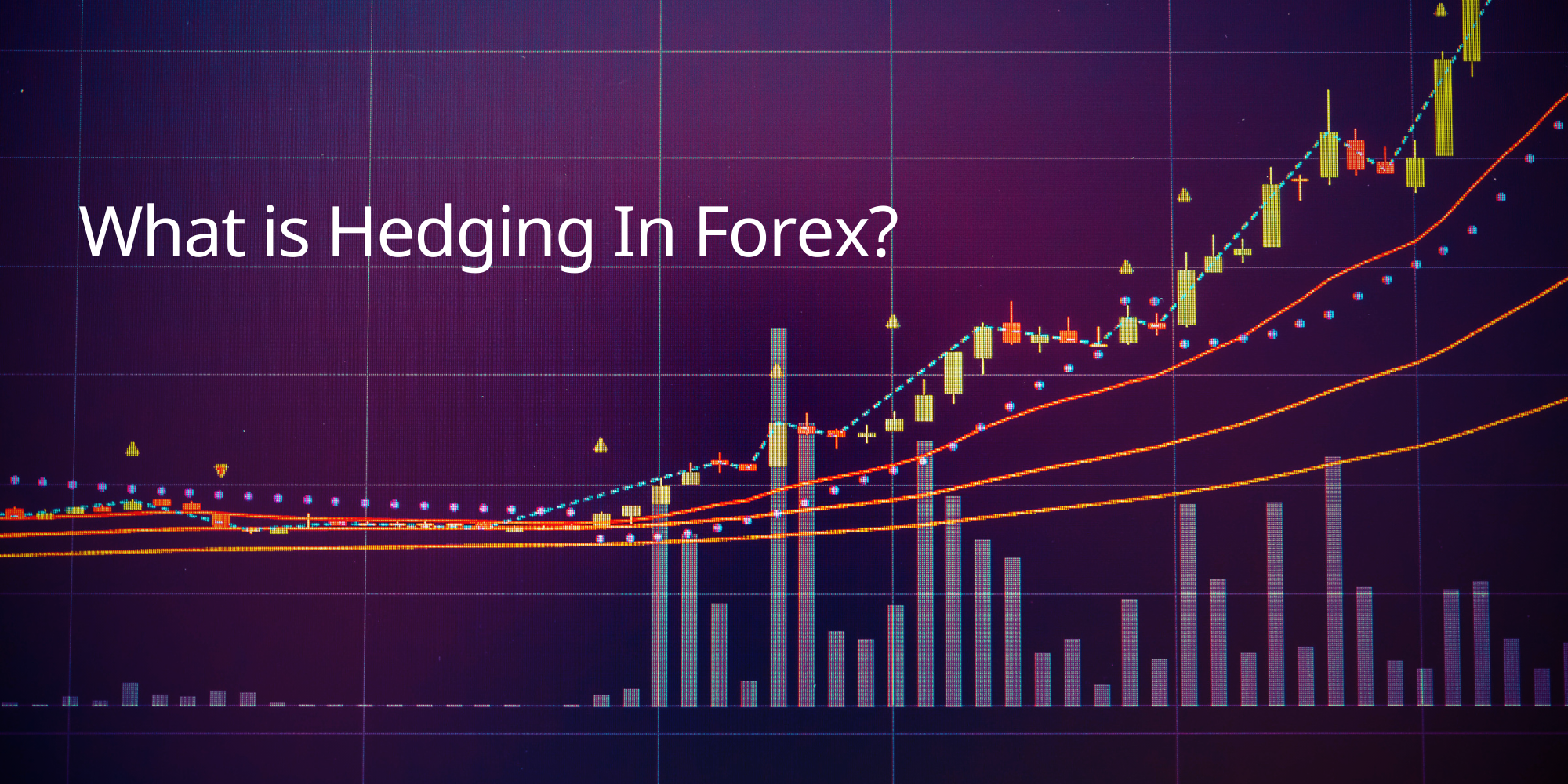Head and Shoulders Pattern – Definition, How it Works, Types, and Trading
The head and shoulders pattern is one of the most reliable indicators of a potential market reversal—used by traders around the world to anticipate trend shifts with precision. Whether you’re dealing with equities, forex, or commodities, recognising this pattern can help you take action before a trend loses steam. In this guide, we’ll break down how the head and shoulders formation works, how to trade it effectively, and what risks to be aware of—so you can make the most of TradeSmart’s intuitive charting features and smart trading tools.
What Does the Head and Shoulders Pattern Mean in Technical Analysis?
The head and shoulders pattern is a classic chart formation that signals a potential reversal in trend direction, most often from bullish to bearish. It appears as three distinct peaks on a price chart: the middle peak (the “head”) is the tallest, flanked by two lower peaks of roughly equal height (the “shoulders”).
Typically forming after a strong uptrend, this pattern suggests that upward momentum is weakening. As buyers lose strength and sellers begin to take control, the price tests a key support level known as the neckline—a line drawn across the lows between the shoulders. Once the price breaks below the neckline, it confirms the reversal and sends a bearish signal to traders.
This structure is widely used across markets, and with TradeSmart’s intuitive charting tools, traders can spot head and shoulders formations more easily, allowing them to respond quickly to potential shifts in market sentiment.
How to Trade the Head and Shoulders Pattern?
Successfully trading this pattern requires precision and patience. Here’s how traders typically approach it:
- Recognise the formation: Identify the three-peak structure: a higher central peak (the head) between two smaller peaks (the shoulders). It usually forms after a steady uptrend, hinting at a weakening bullish move.
- Wait for confirmation: Jumping in too early can be risky. Wait for the pattern to complete—specifically for the price to break below the neckline. This confirms the bearish reversal and helps avoid false signals.
- Plan your entry and exit: Once the neckline is broken, traders often place sell orders just below the neckline. In some bullish variants (inverse head and shoulders), buy orders may be placed above the neckline after confirmation of an upward breakout.
- Set smart risk levels: For bearish trades, stop-loss orders are usually placed just above the head, while profit targets are estimated by measuring the height from the head to the neckline and subtracting it from the breakout point. Volume spikes during the neckline break add further confirmation of trend reversal strength.
With TradeSmart’s advanced indicators and real-time volume tracking, you can enhance your confidence in executing this pattern effectively.
How Does the Signal Confirm the Trade?
The head and shoulders pattern becomes actionable when a few critical conditions align. First, traders identify the pattern by spotting three peaks—the central one being the highest (the head), with the two shoulders on either side. The neckline, drawn between the two lows separating the shoulders, serves as the key support level.
Confirmation occurs when the price breaks decisively below the neckline, suggesting a likely trend reversal. A daily close 1–3% beneath the neckline, especially with increased volume, strengthens the bearish signal and provides traders with greater confidence.
To validate this signal further, traders often check additional indicators such as the Relative Strength Index (RSI) or the MACD (Moving Average Convergence Divergence). These tools support the reversal call by identifying overbought conditions or momentum shifts, both available within TradeSmart’s smart charting suite.
1. How to Draw the Neckline?
Drawing the neckline correctly is essential for defining your trade setup.
In a standard head and shoulders pattern (bearish), start by identifying the three peaks. Then, connect the low point after the left shoulder to the low point after the head. This trendline, often horizontal or slightly angled, becomes the neckline.
In the inverse head and shoulders pattern (bullish), the neckline connects the high after the left shoulder with the high after the head. This helps pinpoint the potential resistance level to watch for breakouts.
TradeSmart’s platform allows precise neckline drawing tools, making pattern identification easier and more accurate for all experience levels.
2. How to Set Stop-Loss Levels?
Risk management is a vital part of trading the head and shoulders pattern. Here are three common stop placement strategies:
- Above the right shoulder: A conservative method. Place your stop just above the right shoulder’s height. It’s tight and minimises losses if the pattern fails early.
- Above the head: A more flexible option that allows for market fluctuations. Place the stop slightly above the highest point of the head to avoid premature exits.
- Using the pattern’s height: Measure the vertical distance between the head and the neckline. Add this to the neckline (in a bearish setup) to calculate a stop-loss level. While aggressive, this method accommodates wider market swings and allows for greater potential returns.
3. Set your Profit Target
Planning your profit exit is just as important as identifying the pattern. Here are three effective methods:
- Measure the pattern’s height: Calculate the distance from the top of the head to the neckline, then project this downward from the breakout point. This gives a logical estimate of the potential price move.
- Use key support levels: If there’s a known support level near your projected target, use it to define your exit. This adds a layer of confluence with broader technical signals.
- Apply a trailing stop: A dynamic approach that moves with the market. If price drops favourably, your trailing stop follows, allowing you to lock in profits while keeping the trade open for further gains. This strategy works particularly well in volatile conditions.
With TradeSmart’s automated stop and target setting features, you can implement all three strategies confidently and efficiently.
What are the Potential Risks of the Head and Shoulders Pattern?
Despite its popularity and effectiveness in identifying trend reversals, the head and shoulders pattern carries inherent risks that traders must consider before acting on it.
- False signals: Not every formation results in a valid breakout. Sometimes the pattern fails to fully develop, or the price breaks the neckline only to reverse shortly after, leading to false breakouts and misleading trade setups.
- Market noise and volatility: Erratic price movements or unexpected news events can distort the pattern’s appearance, making accurate identification more difficult. During high volatility, the reliability of this formation decreases, which is why traders are encouraged to combine it with confirming indicators like RSI or MACD.
- Premature entries: One of the most common mistakes, especially among beginner traders, is acting before the pattern has completed. Without a confirmed neckline break, early trades expose you to unnecessary risk and potential losses.
- Wider stop-loss requirements: Depending on the size of the pattern, the distance between the entry point and a safe stop-loss level can be considerable. This can increase capital exposure, and if the trade moves against you, losses can be significant.
TradeSmart’s advanced technical tools and education hub can help traders avoid these common pitfalls by promoting disciplined trading and better entry planning.
Conclusion
The head and shoulders pattern offers traders a structured approach to identifying and capitalising on potential reversals, especially when used alongside volume analysis and reliable technical indicators. While it’s a powerful tool, mastering it requires patience, precision, and a firm grasp of risk management. With TradeSmart’s comprehensive platform—including real-time data, smart alerts, and charting capabilities—you’re equipped to make informed, confident trades. Visit TradeSmart now and start trading smarter with the tools and insights that elevate your strategy.





